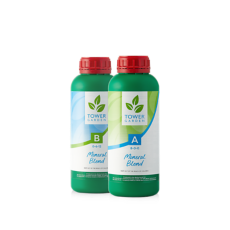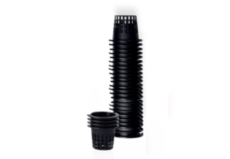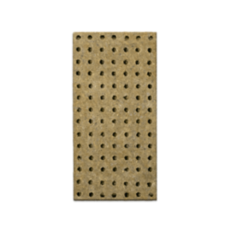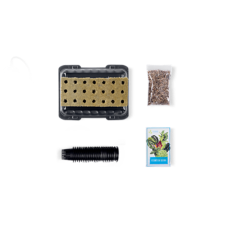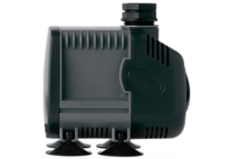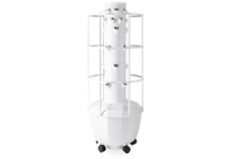Greenhouse Gardening: How to Extend Your Growing Season

Want to grow fresh, healthy vegetables and herbs practically year-round but don’t have a great space inside your home for a Tower Garden? Or maybe you have the indoor space, but curious kids or pets pose a potential challenge? A greenhouse for growing outside may be your answer.
If you’re a budding gardener, you might be a little intimidated by the idea of growing in a greenhouse. But anyone can learn to use a greenhouse not only to extend the growing season, but also to keep pests at bay and control the climate and environment for your Tower Garden.
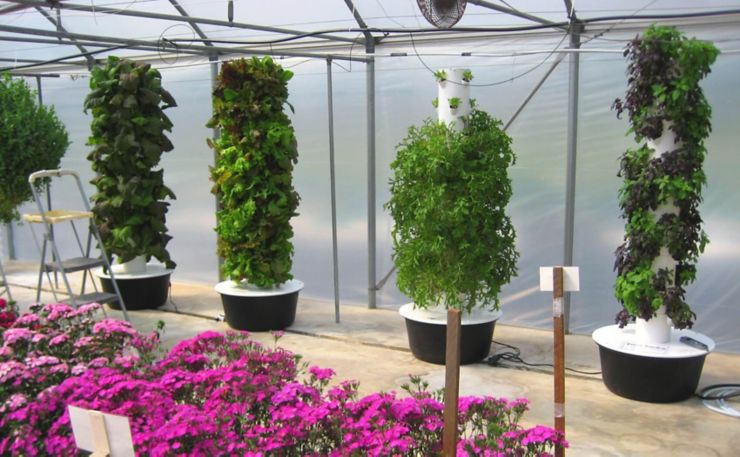
Benefits of Greenhouse Gardening
Just like houses keep us safe and secure, greenhouses keep plants cosy and comfortable — even when temperatures outside drop below freezing. As a result, placing your Tower Garden in an outdoor greenhouse offers many of the same advantages of indoor gardening, namely fresh, healthy produce regardless of climate, season, or weather.
Plus, because greenhouses use the sun to nurture plants, you don’t need a lighting system as you do for an indoor garden (as long as your greenhouse receives at least 6–8 hours of direct sun per day).
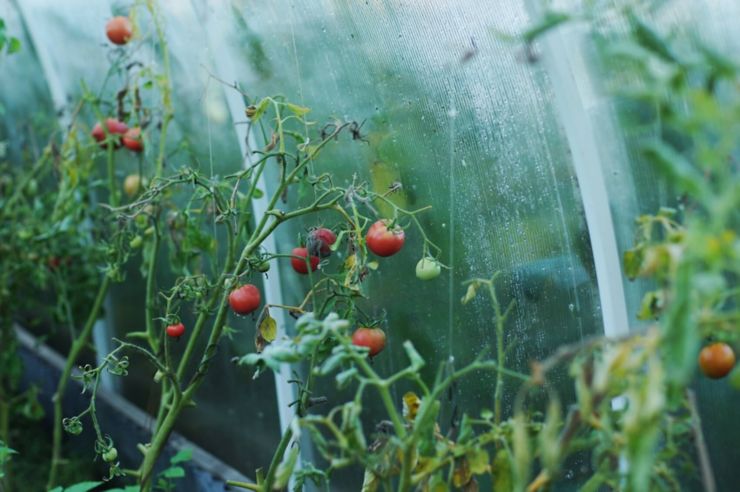
3 Steps to a Great Greenhouse Garden
1. Monitor the Temperature
Most plants grow best in a temperature range of 65–75°F (18–24°C). So watching the thermometer in your greenhouse is critical — especially in cold weather. You can use a small space heater to warm your greenhouse as needed. (If you find the temperature doesn’t improve, inspect your greenhouse for openings that may be allowing cold air to creep inside.)
If your greenhouse gets too hot, open the vents if your greenhouse has them, run a fan, or simply leave the door open to improve air circulation.
2. Manage disease and pests
Because a greenhouse is an enclosed space, it’s common for humidity levels to increase as plants release moisture into the air. And where there’s high humidity, there’s often fungus.
Check your plants weekly for signs of disease to catch problems early while they’re still easy to remedy. Running a fan and regularly cleaning and pruning are simple ways to keep the air flowing and prevent issues in the first place.
As you’re scouting for plant diseases, remember to also look for any unwanted pests such as aphids. If you do have pest trouble, here are a few tips on what to do.
3. Hand-pollinate fruit-bearing plants
During cooler months, bees are rare, especially in a greenhouse. So you’ll probably have to hand-pollinate your fruit-bearing plants — such as tomatoes and peppers — to ensure healthy yields. Or, you can simply stick with indoor-friendly plants that don’t produce fruit, such as:
- Rocket
- Kale
- Leafy herbs (e.g., basil, coriander, dill, mint, oregano, thyme)
- Lettuce
- Mustard greens
- Spinach
- Swiss chard

Go Green(house)
You can find inexpensive greenhouses online and at most gardening or home improvement stores. Whether your greenhouse is plastic or glass, DIY-chic or custom-conservatory grand, one thing is certain: There’s nothing like harvesting fresh, homegrown produce from your greenhouse Tower Garden in the middle of winter.


